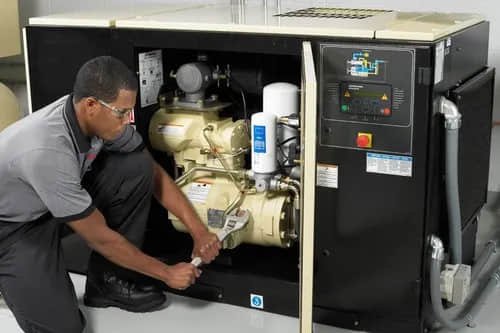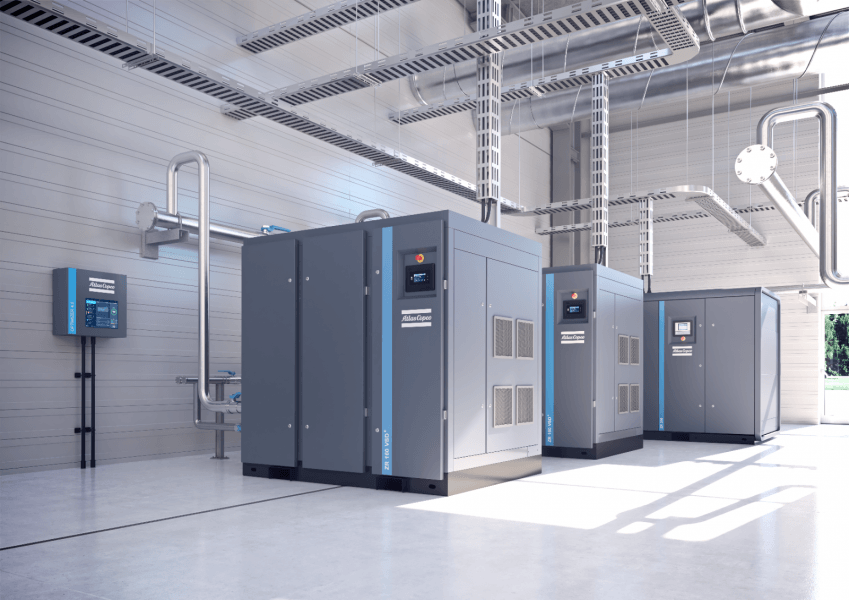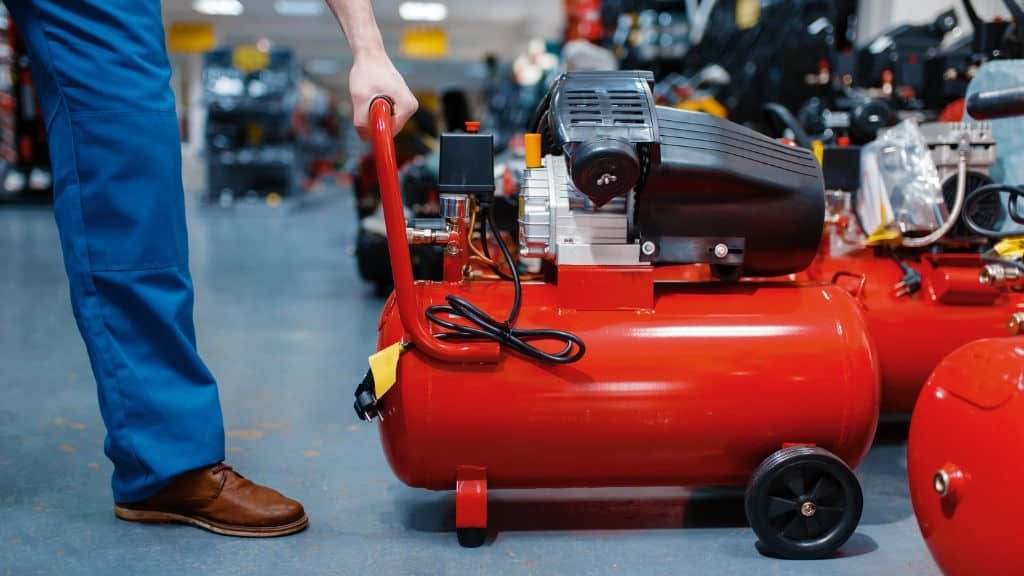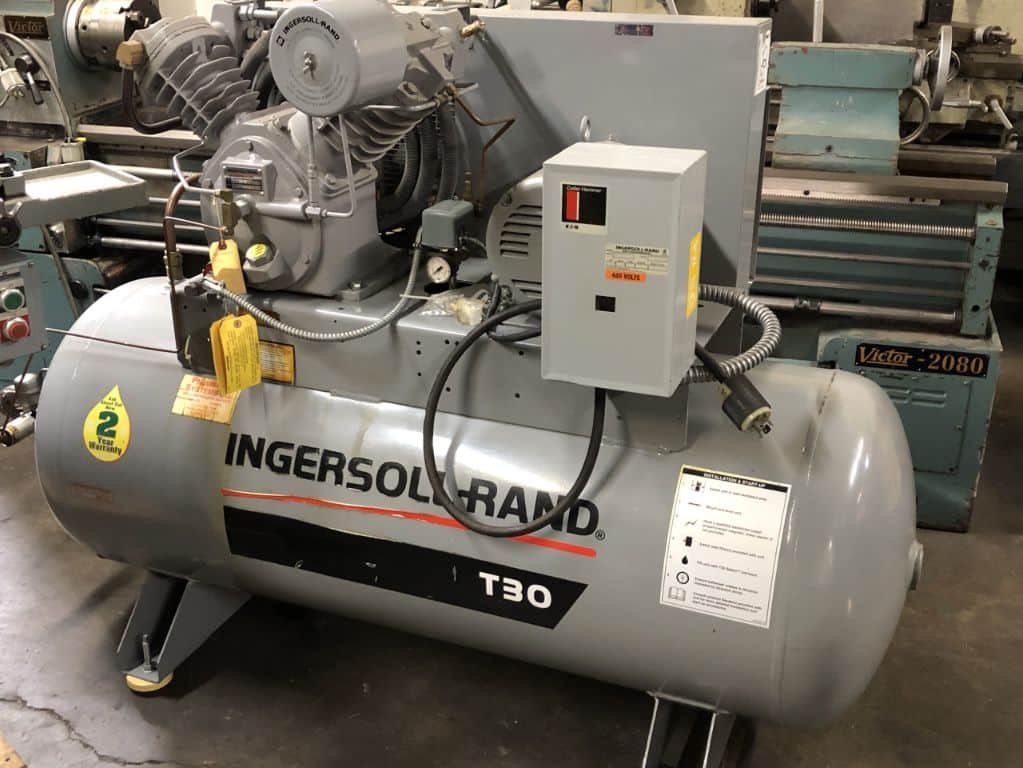In the world of industrial machinery, air compressors are workhorses that play a pivotal role in the operations of various businesses. However, like any other machine, they require regular maintenance to ensure optimal performance and longevity. This article will guide you through the essential steps for maintaining different types of air compressors, helping you keep your equipment running at peak efficiency.
The Importance of Regular Maintenance
Performing regular service on your compressor system is a crucial key to ensuring longevity, performance, and “uptime” with your production. Regular service helps ensure your machine and all in-line equipment are running at maximum efficiency. Your business is important, but can only operate properly if your compressor is as well. Each type of compressor, and each manufacturer, has a specific schedule and maintenance kit they recommend to complete proper service.
Rotary Screw Air Compressor Maintenance
Quarterly Maintenance
- Replace oil filter element
- Oil top off
- Inspect and tighten electrical connections
- Inspect the air filter element
- Sample lubricant
- Inspect the after cooler
Annual Maintenance
- Replace oil filter, air filter, and separator elements
- Complete oil change
- Check belts – tighten as needed or replace from wear
- Inspect and tighten electrical connections
- Clean the after cooler from debris and dust
Piston (Two-Stage) Compressors Maintenance
Quarterly Maintenance
- Inspect and tighten electrical connections
- Change air filter element
- Change lubricant
- Tighten and inspect belts
Oilless Scroll Compressors Maintenance
Quarterly Maintenance
- Inspect air filter elements
- Grease motor
- Check belts – tighten as needed or replace from wear
- Replace tip seals (Every 7 to 10,000 hours)
Additional Equipment Maintenance
Air compressors are only one piece of the more complex air system. Other pieces of equipment within the system will also require regular maintenance. Air dryers’ maintenance depends on the type of system installed. Desiccant dryers should have their desiccants inspected and replaced when needed, typically every 3 to 5 years. Refrigerated air dryers should have their exchangers blown out, in addition to having someone inspect, drain, and check the ambient air temperature to ensure the dryer is working properly.
In-line filtration systems should have their coalescing, particulate, and active carbon filters replaced annually. Pre and post-filtration should also be replaced annually. Other elements that may require preventative maintenance include oil/water separators and air tanks, though replacement periods may vary for those tools.
Conclusion
Regular maintenance of your air compressor is not just a recommendation, it’s a necessity. By following the guidelines outlined in this article, you can ensure that your air compressor operates efficiently and lasts longer. Remember, a well-maintained air compressor is a key component of a successful business operation.
FAQs
- Why is regular maintenance of air compressors important? Regular maintenance ensures the longevity, performance, and uptime of your air compressor. It helps the machine and all in-line equipment run at maximum efficiency.
- What are some of the maintenance tasks for a Rotary Screw Air Compressor? Tasks include replacing the oil filter element, inspecting and tightening electrical connections, inspecting the air filter element, sampling lubricant, and inspecting the after cooler.
- How often should I replace the tip seals of an Oilless Scroll Compressor? The tip seals should be replaced every 7 to 10,000 hours.
- What maintenance does an air dryer require? Desiccant dryers should have their desiccants inspected and replaced when needed, typicallyevery 3 to 5 years. Refrigerated air dryers should have their exchangers blown out and the ambient air temperature checked to ensure the dryer is working properly.
- What other elements in the air system may require preventative maintenance? Other elements that may require preventative maintenance include oil/water separators and air tanks. The replacement periods for these tools may vary.




